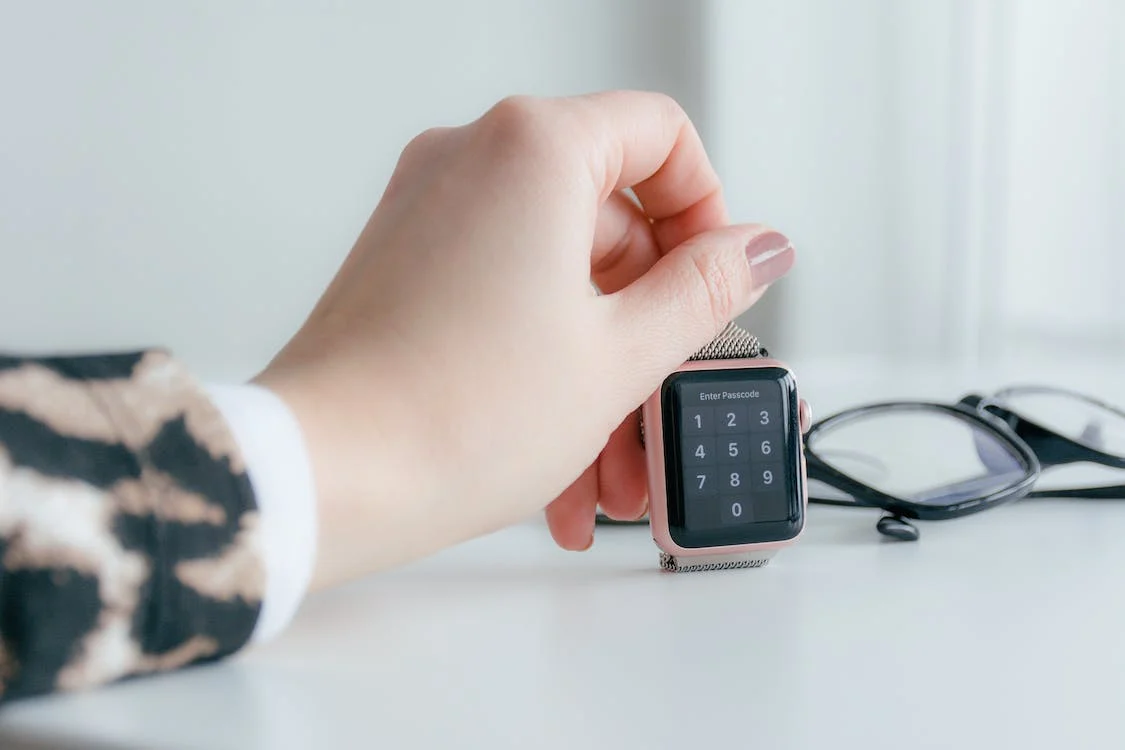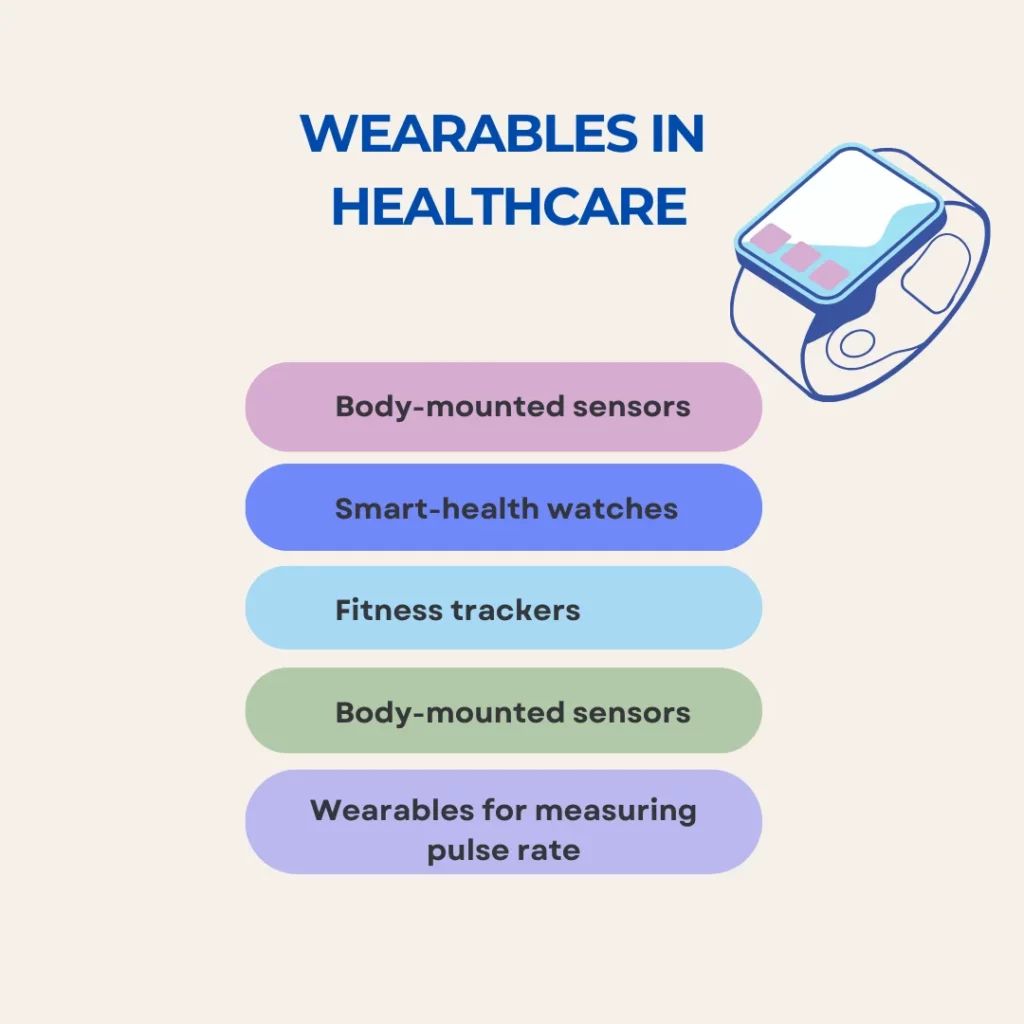The future of Android wearable apps development – trends for upcoming years


In the fourth quarter of 2022, the number of wearables shipped worldwide has increased by 139 million, which means that the Internet of Things has recently experienced enormous growth, and the technology is as relevant as ever. This growth is not least due to global 4G to 5G evolution. So, what does the technology imply? Functionally, there are many measurements every day and monitoring of personal data via powerful microchips and smart sensors. Wearable devices are becoming increasingly popular due to their ability to monitor physical activity and health-related parameters. In addition to what they already offer, biometric recognition is an interesting capability that is achievable through such devices. The difference from the IoT technology is that wearables operate independently of mobile apps, which provides users with enhanced flexibility.
The most widespread devices are fitness trackers, smart glasses and smartwatches. A turning point of wearables is the appearance of the Apple Watch; however, Android wearable technology is no less popular these days. In this article, we will dwell on the question of how you can benefit the business branch with their help. But first, let us give you more background information on how wearables technology evolves nowadays.

The application development and their adaptation for wearable appliances have an enormous and bright future. This statement is fair for both well-known operating systems, Android and iOS. Wearable devices cover a wide portion of consumers, from children to the elderly, but the primary users are people aged 20 to 50. Software companies offer services of Android wearable devices’ development for the full assortment of facilities, as follows: implantable smartwatches, smart jewellery (e.g. rings for contactless payment), fitness trackers, smart clothing, smart glasses, and, of course, head-mounted displays.
The wearing of smart things absorbs every inch of our life. Some gadgets, such as smart socks, are still a little weird to understand. Nevertheless, we got used to others so much that we can’t imagine how we used to do without them before, for example, smartwatches. Correspondingly, the demand for smartwatch app development has increased.
Healthcare
From sleep quality to body measurements – medical sensors help develop the whole ecosystem around health-related information of particular patients. In addition, healthcare apps can assist in disease prevention: independently from medical staff, they inform patients about health parameters. Receiving reminders or feedback on physical activities is indispensable for maintaining individualised care. At the same time, wearables allow therapists to make better decisions and diagnoses. With the technology, it is also possible to define the symptoms of a particular infection promptly.
Some examples of wearables for healthcare are the following:

Gaming
VR wearables devices (mainly goggles and headsets) allow for the complete immersion of users in the game. A large number of VR wearables are available in the IT market nowadays: you can either select the newest motion-control VR headsets or simple VR goggles for creating a 3D game environment. As for other areas of wearable app development services in gaming, companies can take advantage of haptic devices, such as gloves, suits or vests. Such ultra-thin actuators enable gamers to experience tactile sensations more vividly.
Fashion
Smart accessories and garments are now an essential part of intelligent fashion. This business branch’s main objective of wearables is to combine advanced functionality with fashion aesthetics. For instance, accessories may be available in multiple colours so one can select the perfect fit for the outfit. Or your purse can have an option of internal lights, which simplifies finding the coins when you need them. Even pants or suits can serve as wearables made of a special fabric, adjusting to the body temperature.

Battery life
Battery life of lightweight devices is a topical question, as the diversity of wearables makes the market highly competitive. Therefore, the main aim for developers is to blend battery-saving features and functionality harmoniously. The battery itself has to be long-lasting and high-performing.
User Interface
As wearable devices usually have smaller screens, you need to keep the UI minimalistic and clear. What is also important is that the notifications can be promptly personalised by users. At PNN Soft, our experts work on ensuring interactions for wearables that are as lightweight as possible and removing redundant visual elements.
Privacy issues
Wearables presuppose sharing information across devices, so here, the question of data protection arises. Basic rules of security are related to glanceable UI. The screen has to be blank when there is a risk of accessing the information by the wrong person, and the device should vibrate prior to notification.
Functionality
PNN Soft developers always strive for enhanced functionality without sacrificing the speed of operations. For instance, if we speak of a sleep-tracking application for wearables, it reports on your sleep hours and suggests how users can improve their sleep habits. Smart watch app development implies enhanced customisation and personalisation.

PNN Soft programmers use Android app development tools to build flexible applications and software. As a mobile application development company, we integrate various projects with wearable support on the market. To learn more about our experience, you can visit our portfolio.
To create the best Android wearable apps, we use high-performance technologies – Java, C++, JavaScript; methodologies – DevOps, Scrum, RUP, TDD, CI; and frameworks such as Unity, etc.
What is more, PNN Soft developers created an Android application, Sports Gear Tracker, which is fully compatible with wearable smartwatches or requires a heart rate sensor or wristband with Bluetooth 4.0 SMART (Bluetooth et al.).
Development of a responsive wearable app in Android OS – is a complicated task that requires a team of experts: developers, software architects, QA specialists, designers, and PR managers. Therefore, PNN Soft has experience in IoT applications development and provides a dedicated team for offshore wearables app development. You can fill out the form below to learn more about our development services and Android app development costs for wearable devices.